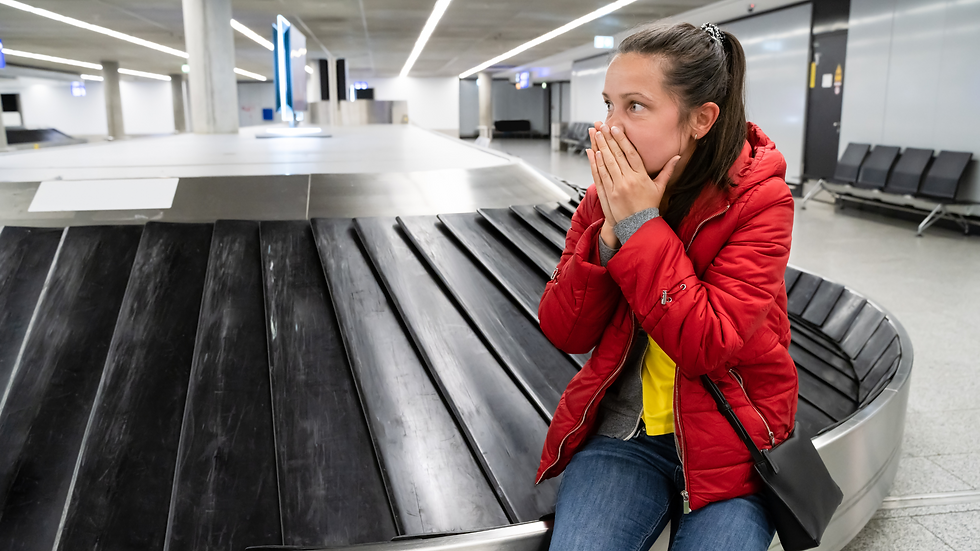DYSENTERY (Travelers' Diarrhea)
- Victoria Wermers, RN,MSN,FNP, PMHNP
- Oct 11, 2024
- 2 min read
Updated: Jul 18
"At least it was a great vacation..."
Dysentery, otherwise known as “travelers' diarrhea” (or fondly known as “Montezuma’s revenge”) is not a fun way to end a trip. The symptoms of dysentery are much like those of other stomach issues caused by viral and bacterial pathogens (nausea, vomiting, diarrhea, stomach cramps).
While this illness comes from eating contaminated food or drinking contaminated water, it is caused by different pathogens than Giardia. It is not uncommon for travelers visiting developing nations and third-world countries to fall ill with dysentery. Foods that commonly harbor these pathogens include:
Raw fruits and vegetables
Raw or undercooked meats, poultry, fish and shellfish
Contaminated water or ice

Symptoms
Symptoms include nausea, vomiting, fever, cramps, and sometimes foul-smelling, watery, bloody, or “mucusy” diarrhea. It is very contagious.
Course
Dysentery typically comes on within 1-3 days after exposure and usually gets better on its own within 7 days of exposure.
Diagnosis
Typically, a diagnosis can be clinched by looking at a person's history (of travel), the course of their illness, and by sending a stool specimen to a lab for ova and parasites and a culture and sensitivity (identifies the pathogen and determines accurate antibiotic if appropriate).
Support and Treatment
Treatment depends on a number of factors: The cause (viral, bacterial, or parasite), a person’s age, very young or very old, and on other underlying risk factors.
Support of symptoms of dysentery is like that of other viral, parasitic, and bacterial cases of gastroenteritis: Hydration, electrolytes, antidiarrheal agents, and medicines to curtail the pain, if necessary (see here for support measures to use for gastroenteritis).
Sometimes, antibiotic or antiparasitic medications will be prescribed based on the bacteria or parasite found in a stool specimen examined by a lab. However, a healthcare provider may treat it empirically, based on a patient's history and symptoms, without lab work.
Prevention
Avoidance (especially in foreign countries) - use ONLY bottled water when using or drinking ANY water, avoid potentially contaminated ice, eat fruits and vegetables with peels only and eat only after you peel them; cook foods well, be careful of eating food in restaurants or street vendors, and be sure the restaurant is reputable.
Prevent the Spread
Wash Hands with soapy warm water (20-second rule) - Hand sanitizer does not work for this. Very important before preparing food.
Use bleach products to disinfect surfaces
Avoid others for 48 hours after symptoms resolve
Wash fruits, vegetables, and shellfish well before eating
Wash clothing and bedding in hot water
Double dipping (putting food back in the dip after you have taken a bite of that food), sharing water bottles are potential routes of transmission.
Consult a healthcare provider if you suspect that you might have dysentery, especially if it is severe, or if you are at risk.



